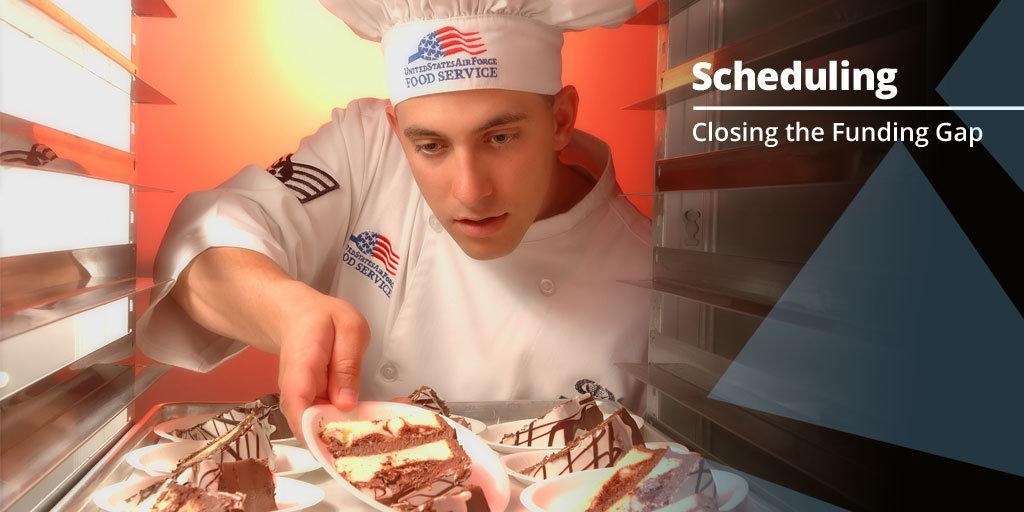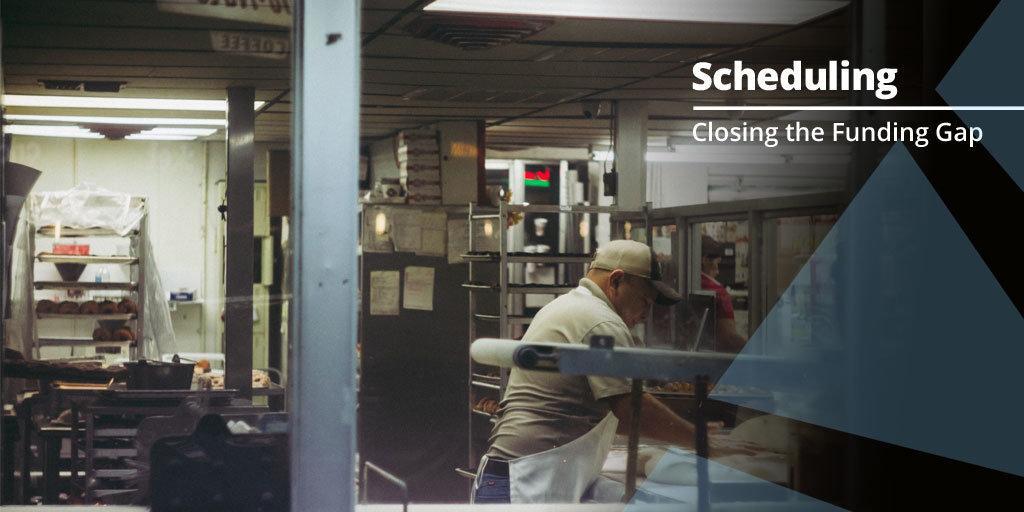Predictive Scheduling for Restaurants
 Predictive Scheduling for Restaurants
Predictive Scheduling for Restaurants
As anyone who has worked in retail or the restaurant industry can attest to, one of the biggest challenges an employee faces is dealing with the unpredictable nature of their schedule. Shifts are rarely posted more than a week in advance, and last-minute changes by management or the scheduler are commonplace. A study conducted by 7shifts in 2017 found that the average number of days in advance a restaurant posts next week’s schedule is just 2.4. This makes it difficult for workers to find childcare or plan anything ahead of time. And the flip side of this scenario is that workers aren’t guaranteed their shifts, either; if a restaurant is experiencing a slow night, it’s not unheard of for staffers to be sent home (without pay, of course).
Scheduling is a chore for the employer, as well. In contrast to regular 9-5 staffing requirements you’d see with bigger companies, restaurants must navigate the difficult task of piecing together a staff of mostly part-timers who all have varying availability. It’s no wonder schedules change so much from day-to-day.
These issues have been heard loud and clear, with four cities and one state in the United States having already passed what are called “predictive scheduling laws.” These laws are known by other names like “fair scheduling” or “secure scheduling” as well, but their intention is the same: to eliminate on-call scheduling and provide employees with schedules they can count on.
Under these laws employees must be given sufficient notice of their shifts—typically 14 days. And if an employer alters a schedule after its been posted, either by adding or subtracting hours, the employees affected have to be notified in person, in writing, or by some means of electronic format (like a text message or email); they also have to be compensated for the change.

Secure scheduling also says workers are entitled to a set number of hours off between shifts, sometimes referred to as “mandatory downtime”; in cases where these guidelines are not followed, employees have to put it in writing that they are okay with the situation, and they will be further compensated for their flexibility.
When it comes to open shifts, additional hours must be offered to existing employees before new ones can be hired. In effect, this rule makes it impossible for an owner or manager to hire someone with a different or better skillset to absorb available shifts.
Even if your area hasn’t mandated predictive scheduling (see where laws have already been enacted here), it wouldn’t hurt to implement some of these practices on your own. When employees have a more predictable, steady work-life balance and schedule, morale improves and you’re more likely to retain those great workers.
There are a wide range of digital options out there to make scheduling less of a headache. HotSchedules claims to allow users to create schedules “75% faster,” and they offer a mobile app for both you and your employees. When I Work is free for up to 75 employees, while 7shifts offers a free 2-week trial and no contract obligations.
If you’re interested in adding predictive scheduling technology to your restaurant, you might need some extra cash on hand to implement it. Come visit ARF Financial online to learn about our flexible loan terms, affordable rates, and absolutely no need for collateral. APPLY NOW to find out how much you qualify for!

